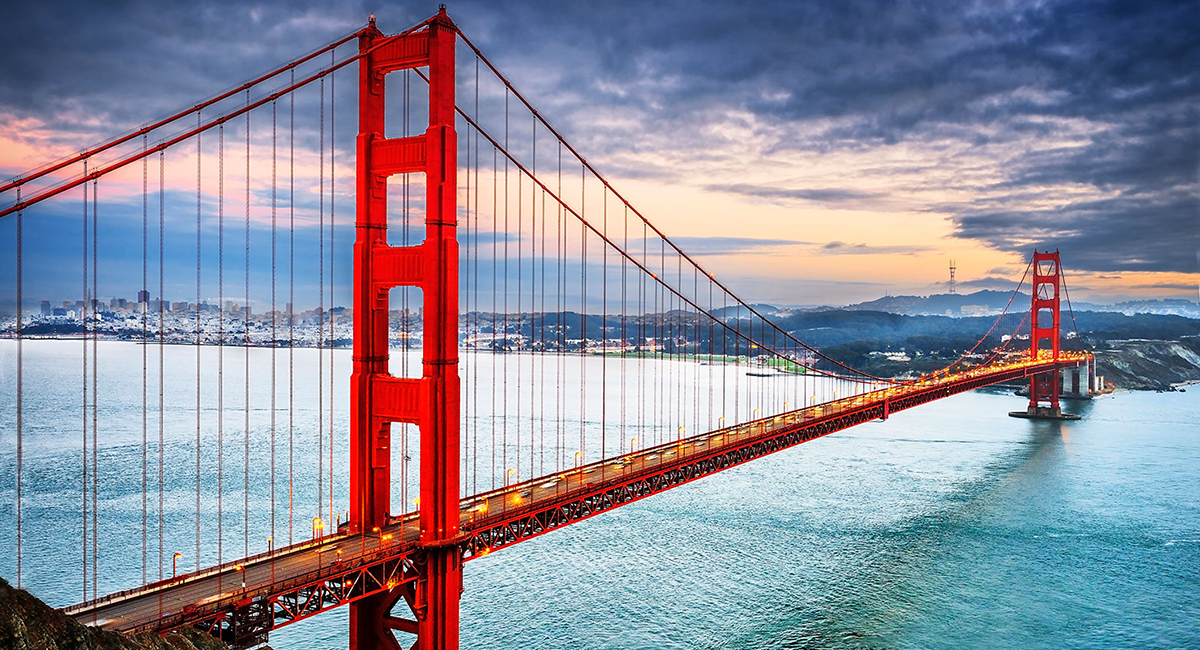Cities that go to the bottom

A “carousel of centimeters". This is how the Focus colleagues defined it, and in fact the image makes the idea of what is happening in an icastic way. What then is under the eyes of all … or rather, of all those who want to see. Because one of the effects of climate change is the rise in sea levels and even Italy, which enjoys an almost complete embrace of the sea, is not out of danger.
An ongoing phenomenon that starts from afar, from the overheating of the oceanic water mass (caused primarily by greenhouse gas emissions) and from the correlated melting of the continental ice of Greenland, Canada and Antarctica and which however laps the coasts of the whole Planet.
We all agree: the average temperature of the Earth is rising. What generates discussions is the extent of this increase and the consequences it is generating or could it generate in an irreversible way, once I reach the point – or the level? – of no return. Although, in fact, scientists agree on “how it will end": they compare “only" on the variables, not on the result that their combination, if things remain as they are, will inevitably lead.
While some researches present recently more optimistic data, in particular following an effect taken into consideration by the authors of a study on the Thwaites glacier (in Antarctica, one of the large ones observed because it is a potential trigger for a sea rise of almost 3 meters) and visualized from NASA in a dedicated interactive page, the melting of the ice is in continuous progression. And the cause / effect relationship with human activities is always very unbalanced against us and with a terrible projection: even if we stopped all greenhouse gas emissions today, over a third of the world’s glaciers would melt in any case. Reason for giving up all efforts, resigning oneself to a doomed fate – and moreover effectively summed up in two apocalyptic minutes in Alex Kazoun’s video, which should be broadcast on unified networks?
No. Because sea level rise is not the only threat looming over some of the most famous – and populated – coastal cities in the world which, it can be said, are also in danger of sinking beneath their own immense weight.
A study of the city of San Francisco by the United States Government Agency for Geological Studies (USGS) considered the effects of urbanization on the lithosphere – the solid and outermost shell of the planet. And what did he discover? That over the centuries San Francisco has lowered by 8 centimeters, weighing with a low estimate of 1.6 trillion kilos (can we imagine them?!?) On the fault where the city rests. We are talking about 8 centimeters which, combined with forecasts of rising waters of about 30 centimeters by 2050, certainly do not draw a desirable future for the more than 8 million inhabitants who live along the coast.
A scenario that, with the necessary specifications, also remains fitting for other coastal cities which, unlike the urban agglomerations developed in the continental areas, rest on a thinner layer of lithosphere.
Although this is a model still being perfected – which could be enriched with data such as the different compositions of the subsoil – this does not mean that the results are not accurate. And they suggest further elements that should not be underestimated in studies on sea level rise that make the future that awaits us exponentially more complex – and that we must take responsibility for in order not to literally go to the bottom.
Freelance journalist and trainer with a degree in Philosophical Sciences, she manages the portal www.ecoselvatica.it, an independent project where she offers articles and insights on philosophy and nature, also through the promotion of experiential workshops for adults and children. In December 2020, her first book, Ventodentro, was released, a poetic manifesto of a vision of the world oriented towards care and attention for the relationships between man and the environment. As a newspaper editor you mainly deal with environmental dissemination and issues related to the protection of the territory.
